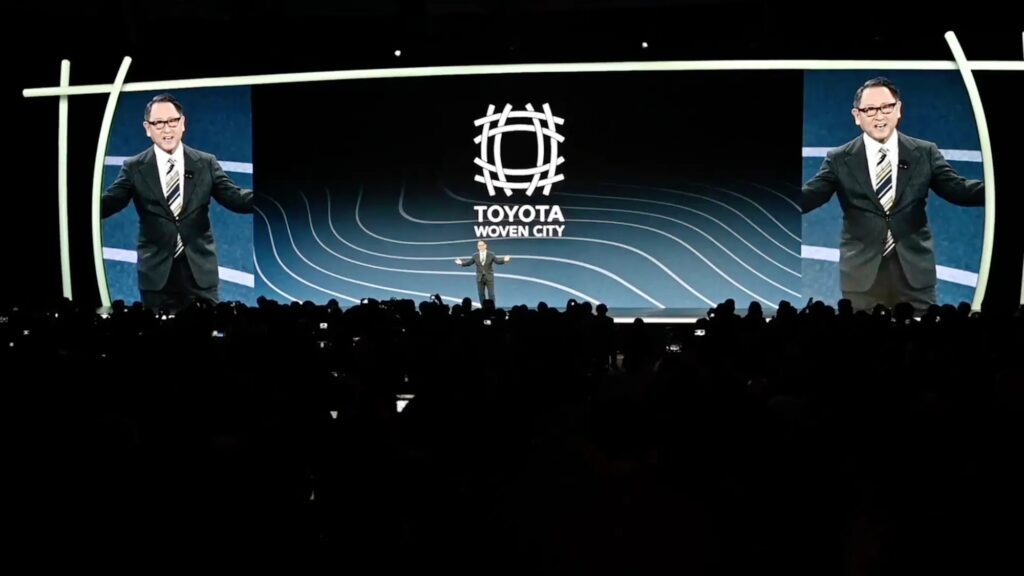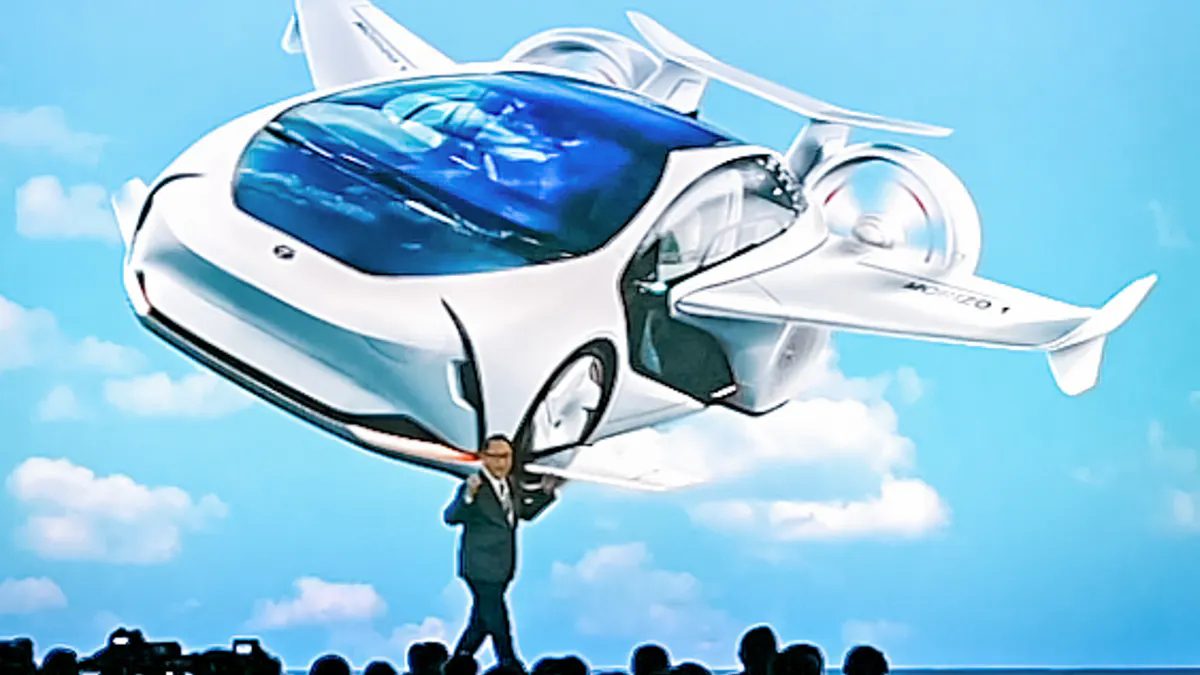
TOYOTA WOVEN CITY – A LIVING LABORATORY
Toyota’s City of the Future, previewed at CES 2020 – WITH VIDEO!
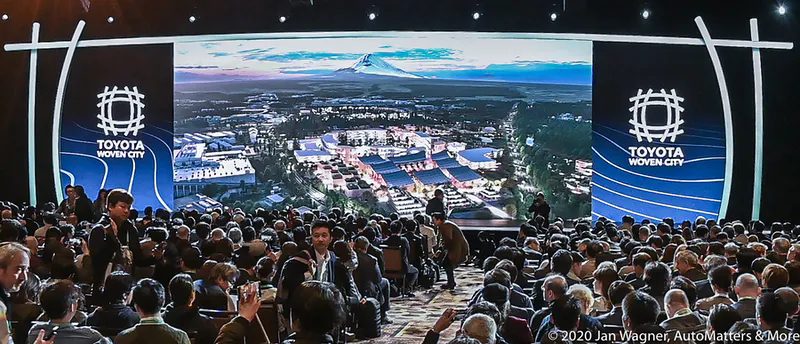
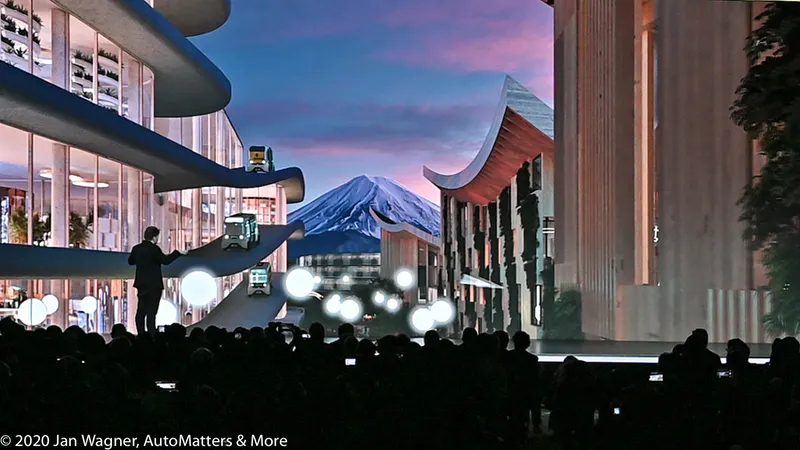
At CES 2020 (the Consumer Electronics Show) in Las Vegas, the President and CEO of Toyota Motor Corporation – Akio Toyoda – announced a bold, innovative project that reimagines the future with an experimental, sustainable, zero-emissions smart city, within which people will want to live, work and play.View gallery image
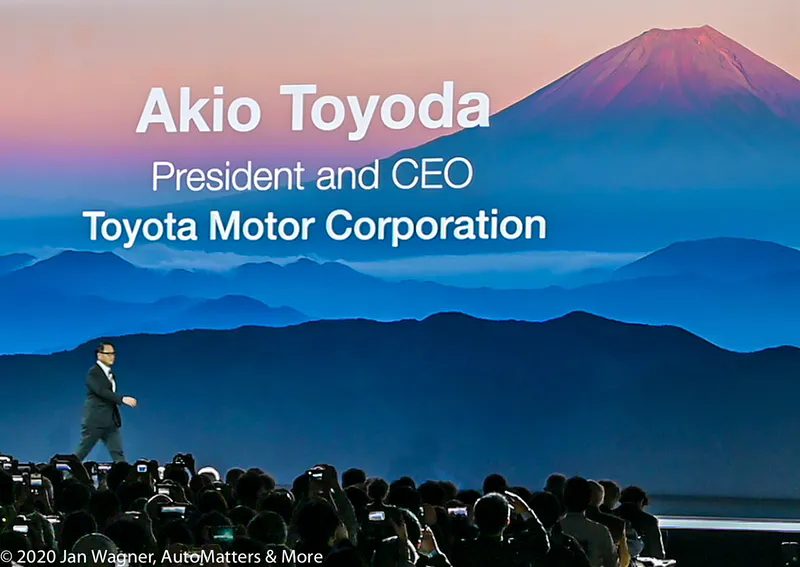

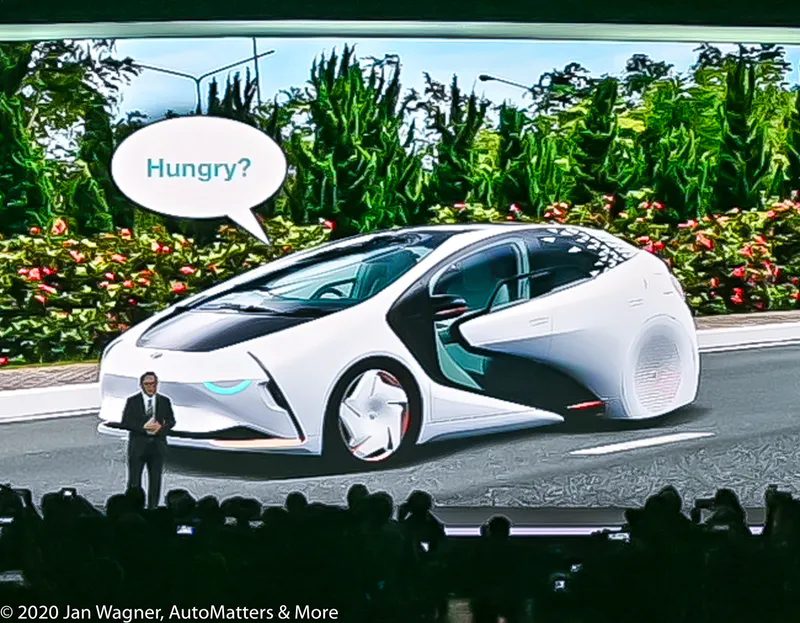


This proof-of-concept, replicable city will be built from the ground up, with technologies and concepts sourced from around the world, to accelerate design cycles and help make the world a better place.
Toyota Woven City will be “a fully connected ecosystem, powered by hydrogen fuel cells, to be built at the base of Mt. Fuji in Japan.”

A little larger than Vatican City, it will be located on the 175-acre site of a former Toyota factory. “This ‘living laboratory’ will include full-time residents and researchers who will test and develop technologies such as autonomy, robotics, personal mobility and smart homes, in a real-world environment.” Specific concepts and technologies to be explored in Toyota Woven City include: Bringing Community Together, Personal Mobility, Mobility as a Service, Autonomy, Robotics, Smart Home, Connectivity through AI, Multi-Generational Assisted Living, Optimizing Nature and Promoting Health, Sustainability and Carbon Capture, Hydrogen-Powered Infrastructure, Academic Research and Incubation, Industry Collaboration, and Smart Construction and Manufacturing.

Working closely with Toyota on the Woven City is Bjarke Ingels, founder and Creative Partner of the Bjarke Ingels Group (BIG) – designers of “some of the most exciting and groundbreaking new architecture currently being built around the world” (including Two World Trade Center and Google’s new headquarters).
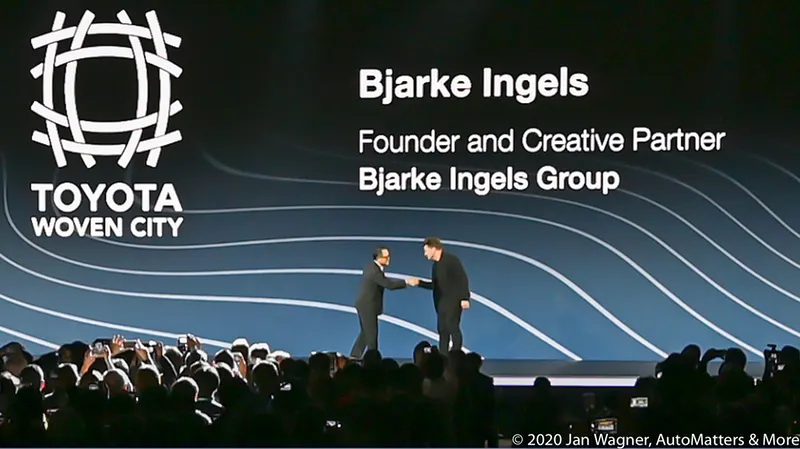
Bjarke shared details of BIG’s master plan. “The typical street is a mess.” In Toyota Woven City, the street will be split into “three separate forms of mobility. The first type is for rapid transportation. Every vehicle is autonomous with zero emissions. Street trees create the necessary distinction between people and vehicles.
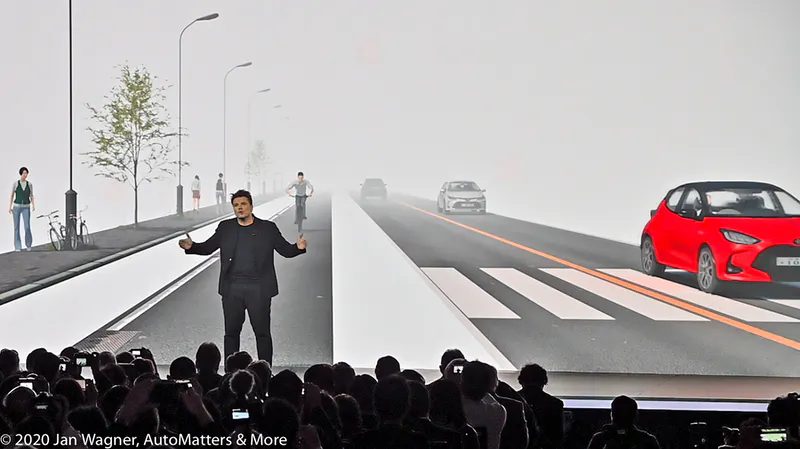
The second type will be an urban promenade, shared by pedestrians and slow personal mobility.
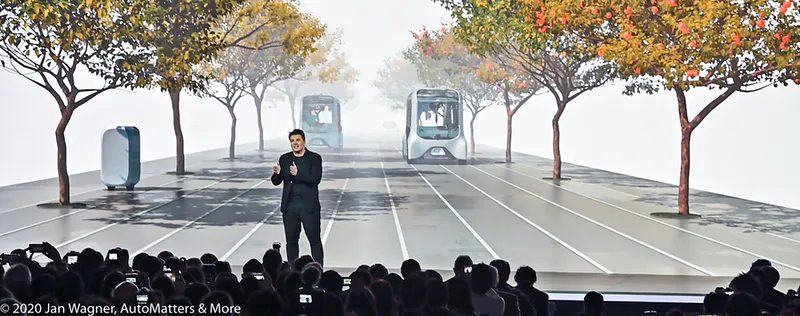
The final type of street will be a linear park, with paths for pedestrians only, so imagine walking from one part of town to the other, moving only through a park.
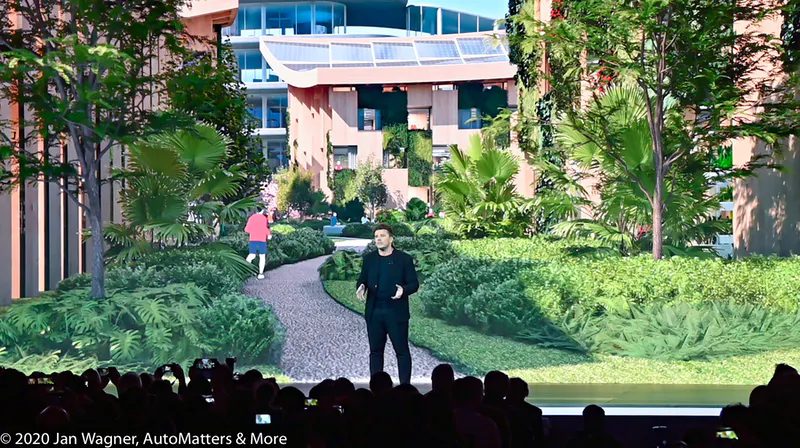
These three types of streets will then weave together into a woven grid of three-by-three city blocks, each framing a local park or courtyard. This not only creates a more serene living environment, but it also provides a wide variety of intersections between various kinds of users: humans, animals, vehicles and even robots. This also helps accelerate Toyota’s testing of autonomy and smart city infrastructure.”


“The roofs are clad in photovoltaic tiles to power the city. All the buildings are made primarily out of carbon-neutral wood, and they combine the traditional craft of Japanese wood joinery with robotic production methods.”


“Each block is home to a mix of spaces for living and working and playing.”
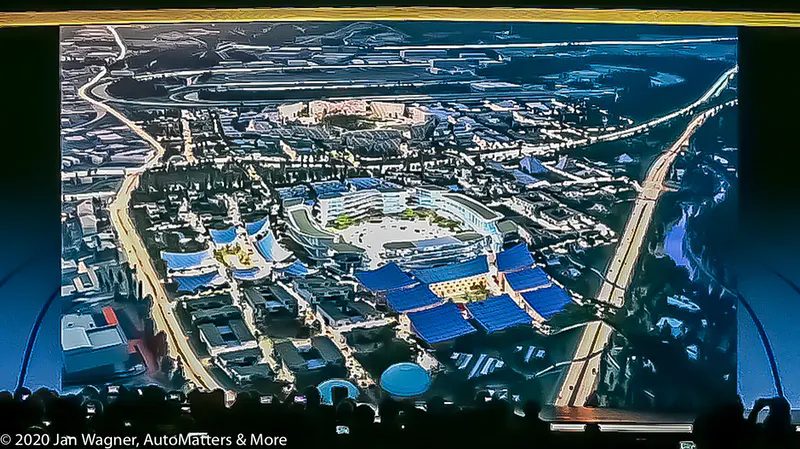
“Below ground we find the entire infrastructure of the city, including its hydrogen for power storage and water for filtration systems. A network for the autonomous delivery of goods also takes place underground, and connects directly to the buildings above.”
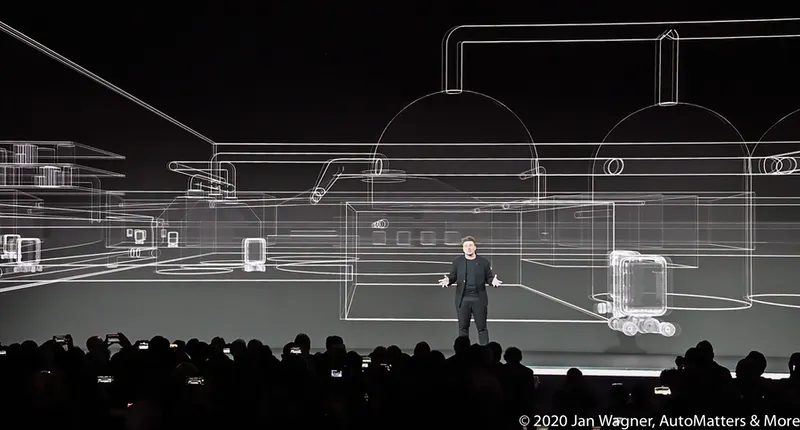
“Homes in the Woven City will serve as test sites for new technology, such as in-home robotics to assist with daily life. These smart homes will take advantage of full connectivity, using sensor-based AI to do things automatically, like restocking your fridge or taking out the trash, or even taking care of how healthy you are.”
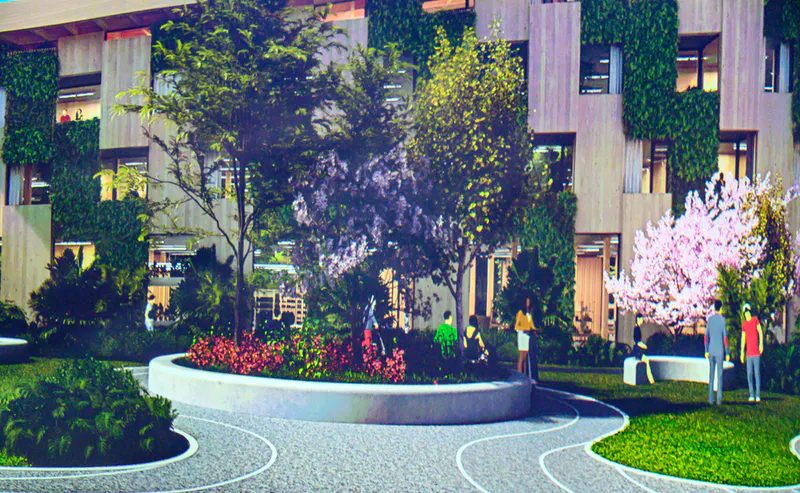
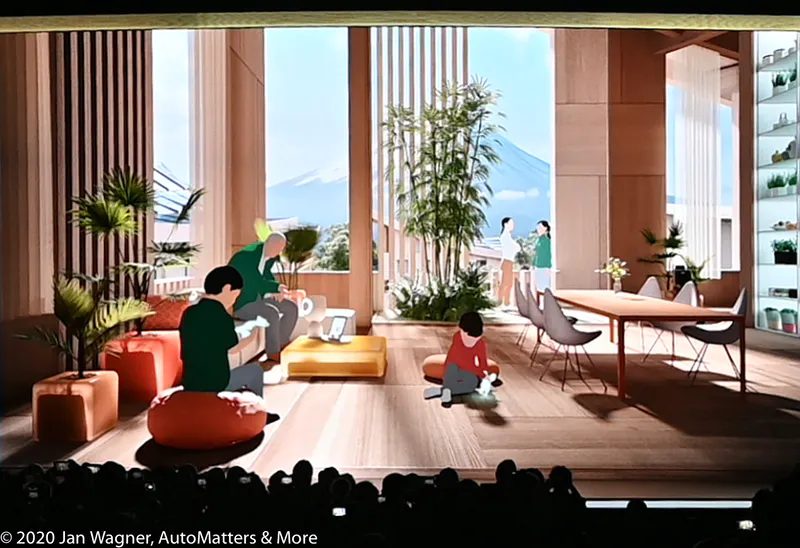
“These homes will have spectacular views of Mount Fuji.”
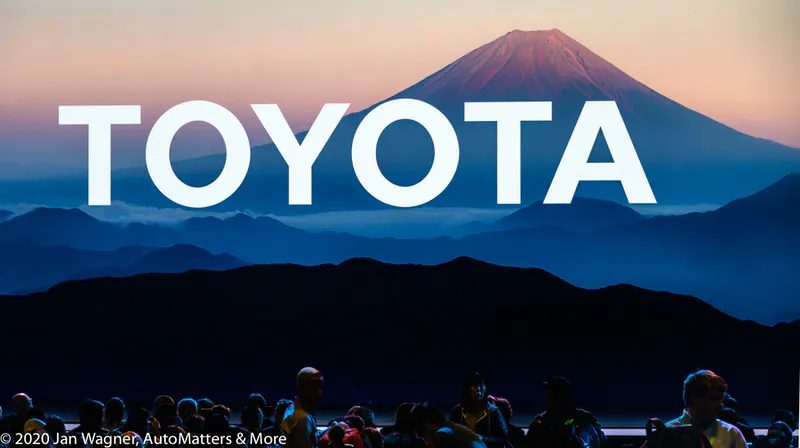
“A major piece of the puzzle in the whole city is the Toyota e-Palette – an autonomous vehicle that will serve for shared transportation and mobile retail. It is also going to make deliveries to the research and development labs, which rise above the central plaza. The e-Palette will also help create flexible programming in the central plaza, making the plaza the rebirth of the marketplace, the town square.”Toyota e-Palette concept vehicle at CES 2018

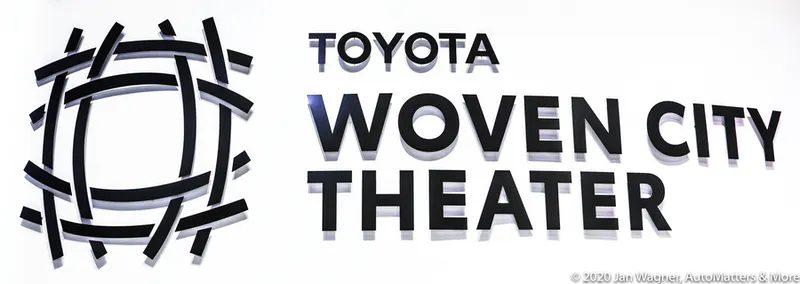
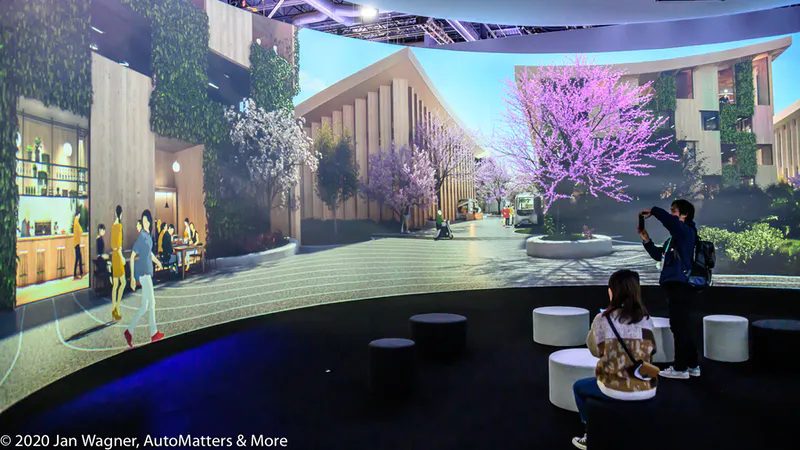
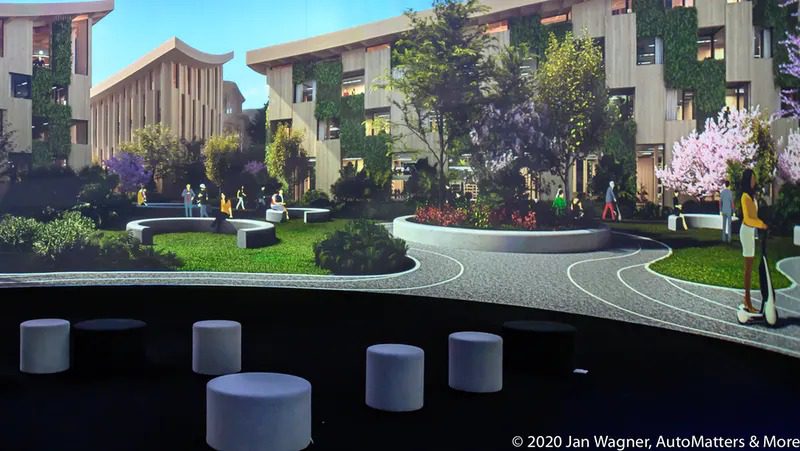
“In an age where technology, social media and online retail is replacing and eliminating our natural meeting places, the Woven City will explore ways to stimulate human interaction in the urban space.” “Human connectivity is the kind of connectivity that triggers well-being and happiness, productivity and innovation.”

Groundbreaking for the first phase of Toyota Woven City is planned for 2021. Goals include initial move-in within five years and having English as its official language.
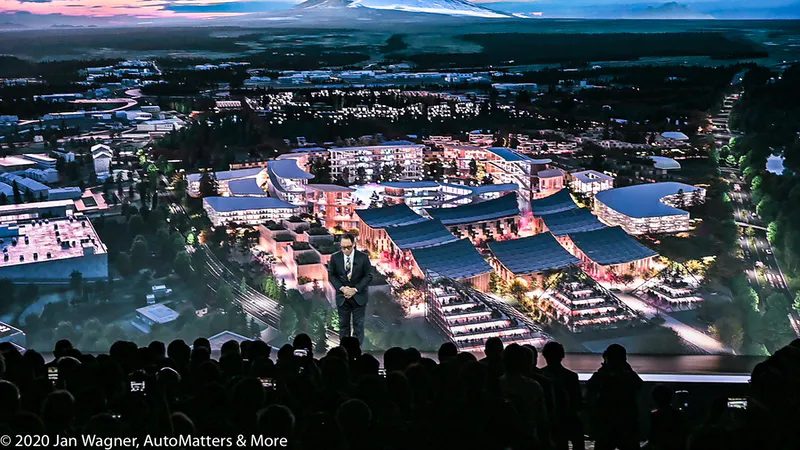
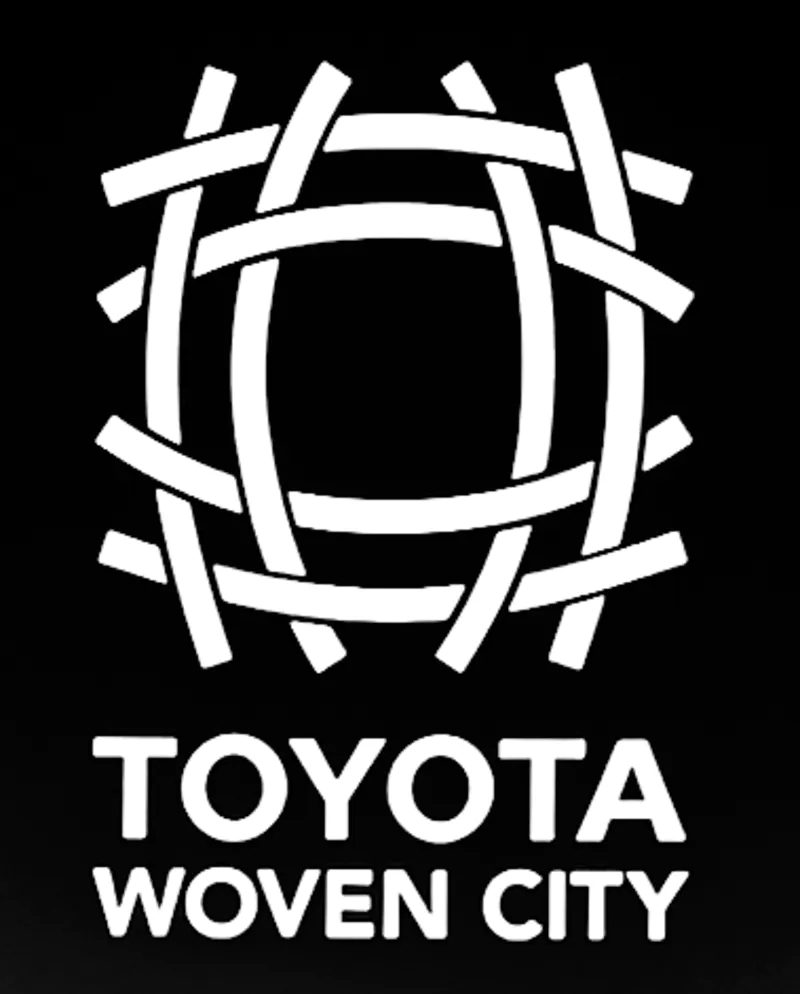
COPYRIGHT © 2020 BY JAN WAGNER – AUTOMATTERS & MORE #637R2

